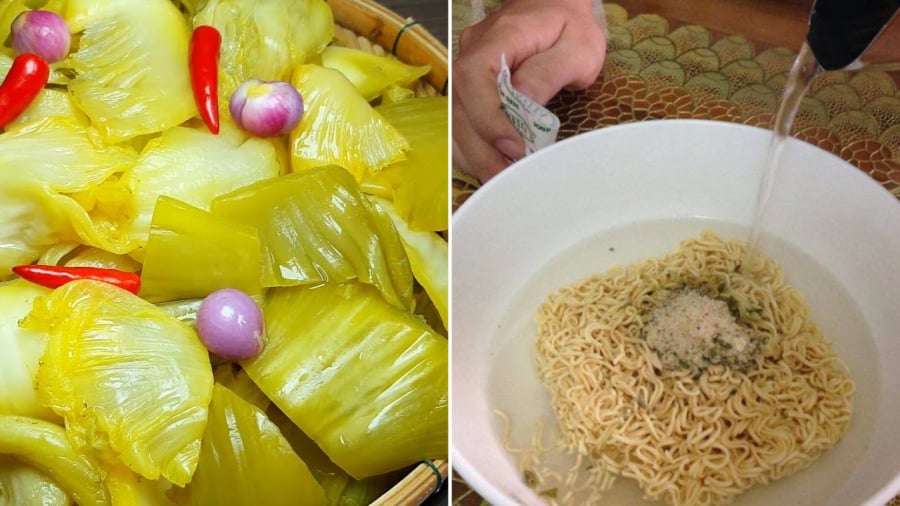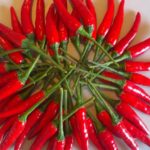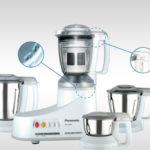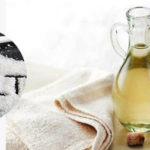The World Health Organization recommends that adults consume less than 5 grams of salt (about a teaspoon) per day. Excess salt intake increases the risk of high blood pressure, coronary artery disease, stroke, heart attack, kidney failure, and osteoporosis, among other conditions.
Aside from using salt in cooking, many foods contain high levels of salt that people may not be aware of.
Pickled Vegetables
Pickled cucumbers, pickled cabbage, and pickled carrots are popular dishes, but they contain large amounts of salt. Approximately 241 mg of sodium is estimated to be in 28 grams of pickled cucumbers. A medium-sized pickled cucumber can contain up to 561 mg of sodium.

Pickled vegetables and instant noodles are high in salt and can negatively affect your health.
Instant Noodles
Instant noodles are convenient and familiar to many. Some people even rely on them as a main meal, especially during busy times. However, instant noodles are high in salt, with an average packet containing 4.2 grams. Using the entire seasoning packet adds even more salt to your diet.
Pizza
Pizza-making involves using a considerable amount of salt. It’s in the dough, sauce, cheese, meats, and sausages. As a result, pizzas generally have high salt content. A frozen pizza with meat and cheese can provide more than 700 mg of salt.

Pizza and processed meats are both high in salt.
Processed Meats
Processed meats like canned meat, sausages, and bacon are convenient and often stockpiled by families for easy meal preparation. However, they are high in salt and contain preservatives, which are not beneficial for health.
Seaweed
Seaweed is nutritious, containing high levels of potassium and iron. However, it also has a high sodium content. One hundred grams of seaweed can provide up to 1808 mg of sodium. Excessive seaweed consumption can negatively impact your health.

Snacks, including seaweed, often contain more salt than you think.
Snacks
Snacks like potato chips, crispy cookies, and spicy sticks are seasoned with large amounts of salt to create an appealing flavor. These snacks have a high salt content and are not healthy. Twenty-eight grams of potato chips can contain 120-180 mg of salt. They are also high in fat and calories.
Bottled Sauces and Canned Soups
Bottled sauces like ketchup and barbecue sauce contain high levels of sodium. One hundred grams of ketchup provides about 540 mg of sodium, while the same amount of barbecue sauce contains 1027 mg. Canned or packaged soups sold in restaurants and supermarkets also tend to be high in salt and may contain MSG and other additives.
Discovering Unusual Ways to Utilize Salt
Table salt: a staple for the kitchen table, and a surprisingly powerful and versatile tool for cleaning, preserving and more! From preventing the discoloration of vegetables to repelling termites to deodorizing shoes, the uses of salt extend far beyond the kitchen.







































